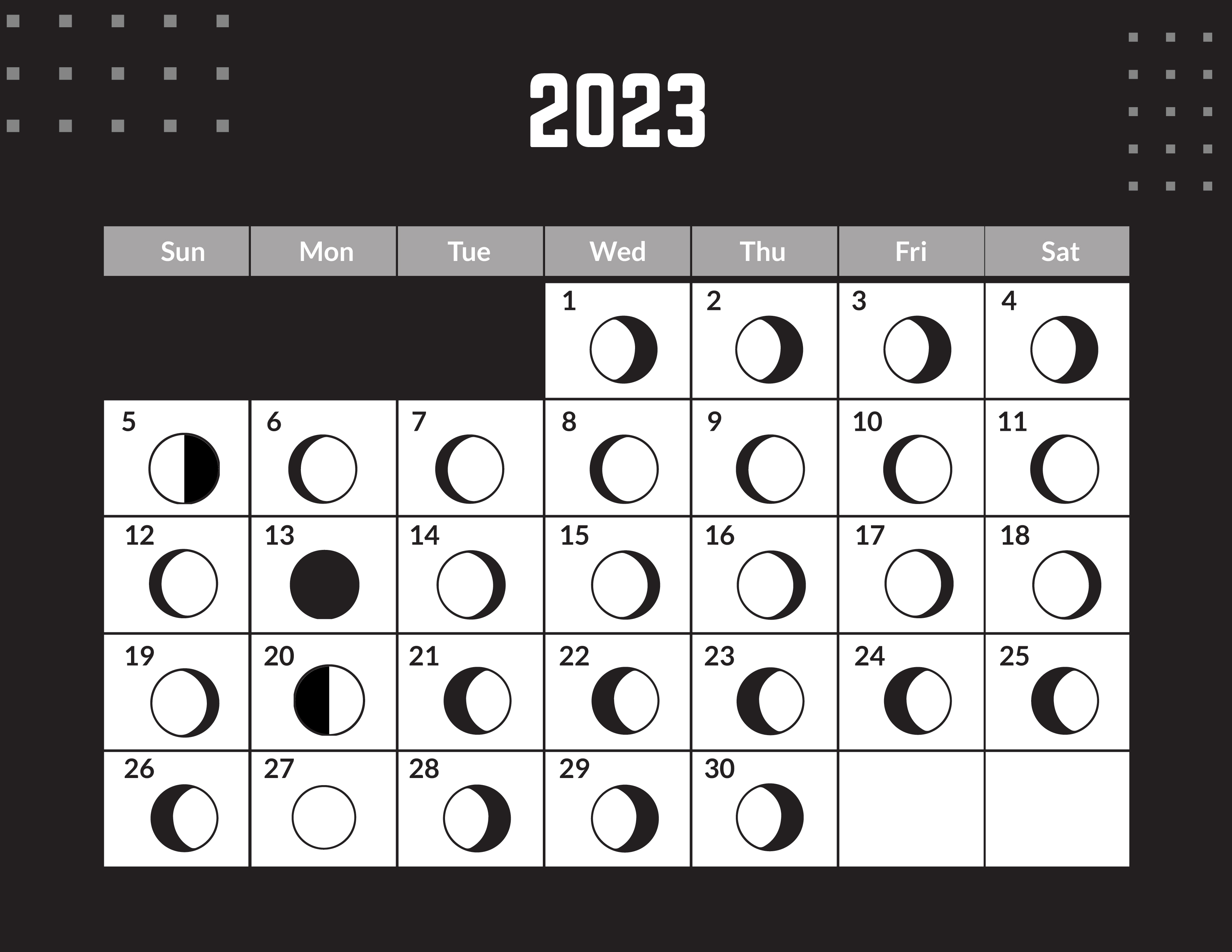The Timeless Beauty of Bikram Sambat
Introduced by a historical ruler, this calendar is not just a timekeeping tool, but a living cultural symbol that has endured for centuries. From religious ceremonies to social events, the Bikram Sambat calendar plays an important role in Nepalese culture

As we talk about the power and the energy of the Luna. As per NASA, these schedules date from the late Paleolithic, something like 32,000 years BC! Time for a set of experiences and examples on the starting points of the memorable lunar schedule and the way things are as yet involved every day in some cultures. The history of the lunar schedule in Nepal traces all the way back to old times and is firmly connected to the nation's strict social customs. The specific beginnings of the lunar schedule in Nepal are hazy, yet it is accepted to have been affected by the lunar schedules of antiquated India. As indicated by certain researchers, the lunar schedule was acquainted with Nepal by Indian ministers and researchers who headed out to the district to spread Hinduism and Buddhism. These religions are firmly connected with the lunar schedule and use it to decide the dates of celebrations, customs, and other significant occasions.
What is the difference between a solar and lunar calendar?
As the name proposes, a lunar schedule depends on the time it takes for the moon to spin around the Earth. The Gregorian schedule is a sun-oriented schedule and is consequently founded on what amount of time it requires for the Earth to rotate around the Sun. how we view the connection between man and the planets. Anything your perspectives are, it's obviously true that lunar schedules - at times of a strict sort, some of the time utilized for precise counting - have kept a hang on humankind for a huge number of years. Odds are good that you know all about the lunar schedule. The year depends on the place of the Moon - not the Sun, similar to the standard schedule in the West - and is comprised of a year, each comprising of 29 or 30 days. The schedule is particularly utilized for occasions, similar to the New Year. Since a lunar year is 11 days more limited than a sunlight-based year, the months would ultimately fall into various seasons. To prevent this, there is no leap day, but seven times every nineteen years a full leap month.
How is it used?
In soothsaying, the positions and developments of heavenly bodies are accepted to influence human existence. In soothsaying, the full moon is frequently connected with elevated profound power, and it is accepted that this can prompt uplifted sensations of enthusiasm, imagination, and inspiration. Similarly, the new moon is viewed as a period of fresh starts and is frequently connected with potential open doors for development and change. Soothsayers likewise utilize the lunar schedule to follow the developments of the moon through the different indications of the zodiac. Every zodiac sign is related to specific characteristics and qualities, and the development of the moon through these signs is accepted to influence the human way of behaving and feelings in various ways.
The moon's supernatural significance is an idea that has existed in many societies since the dawn of time. In certain societies, the moon is credited with calming and purifying effects, and it is accepted that its light can help people identify with their supernatural selves. This is often linked to the possibility of the moon being a light image in the dark, which can appeal to otherworldly edification and an association with the celestial. The moon is seen most of the time as an image of maturity and support, addressing the mother goddess and the nurturing power of women. It is also accepted in many supernatural practices that the moon influences human feelings and behavior. In general, the Moon's supernatural significance reflects its strong imagery and its association with what is probably the deepest part of the human experience, including our association with the celestial, our fertility and senses of support, as well as our states of mind and our closeness to home.
Lunisolar Calendar: Nepal Sambat, also written as Nepala Sambata, is the lunisolar calendar used by the Nepalese people of Nepal. Nepal Sambat appeared on coins, stone and copper plate inscriptions, royal decrees, chronicles, Hindu and Buddhist manuscripts, legal documents, and correspondence. Nepal Sambat has also been used outside of Nepal Mandala in Nepal and in other countries including India, China, and Myanmar. Similarly, Nepalese traders based in Tibet (Lhasa Newars) used Nepal Sambat in their official documents, correspondence, and inscriptions recording votive offerings.
Dates from Lunisolar Calendar;
Kachhalā: October–November
Thinlā: November–December
Pwanhelā: December–January
Silā: January–February
Chilā: February–March
Chaulā: March–April
Bachhalā: April–May
Tachhalā: May–June
Dilā: June–July
Gunlā: July–August
Yanlā: August–September
Kaulā: September–October
Analā: The intercalary month
Nhanlā: The reduced month


